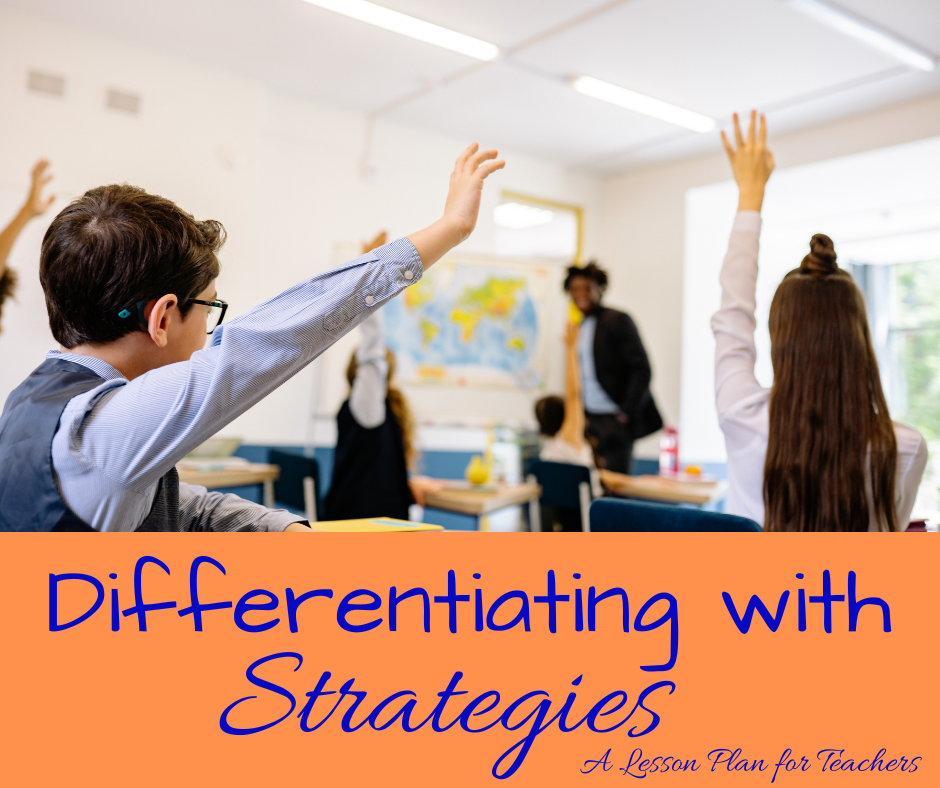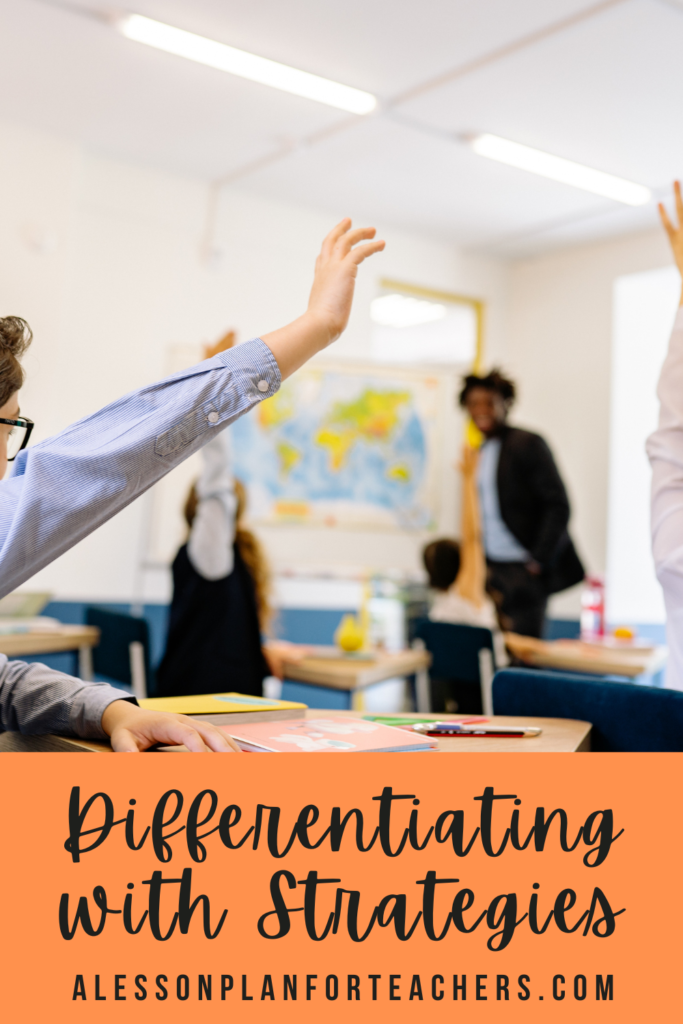As educators, we all know the importance of differentiation in the classroom. It is the process of tailoring instruction to meet the diverse needs of learners. Differentiation helps students learn more effectively and efficiently by providing them with a personalized learning experience. However, differentiation can be a challenging task, especially if you don’t have access to multiple resources. Learn some practical strategies for differentiating without stress.

Never-Fail Strategies for Differentiating
| Pre-assessments | Flexible Grouping | Varied Instructional Strategies |
|---|---|---|
| Pre-assessments are an effective way to differentiate instruction. It allows you to identify what students already know and what they need to learn. Use a quick formative assessment like a KWL chart, exit ticket, or quiz to gauge student understanding. Your pre-assessments can even be fun and engaging like a quiz game or relay races where content or skills are evaluated as students play. Based on the results, group students by their strengths and needs, and adjust the instruction accordingly. | Flexible grouping is another strategy that allows you to differentiate instruction without multiple resources. You can group students based on their learning styles, interests, or skill levels. For example, you can group students who prefer visual learning, group students who are interested in science, or group students who need additional support in reading. By grouping students in this way, you can adjust the collaborative instruction to meet their unique individual needs. | Use different instructional strategies to engage students and differentiate instruction. For example, if you are teaching a lesson on world religions, you can use chunked reading passages, real-life examples, or visual aids to help students understand the concepts. Consider using walking tours or response groups to allow student collaboration and content discussion. By using different instructional strategies, you can meet the diverse learning needs of your students. |
| Open-Ended Tasks | Technology Integration | Creative Assignments: |
| Open-ended tasks are tasks that allow for multiple correct answers and various approaches. Analyzing primary sources, especially images from historic events, is a great way to allow for open-ended responses. Consider using a spiral questioning format so all students can participate with confidence. By allowing students to participate at their own comfort level, you are meeting their unique learning needs. | Technology can be a powerful tool for differentiation. There are many free online resources that can be used to personalize learning or to reinforce skills or content. For example, you can use sites like Sheppard Software to practice geography skills or set students up with online timeline creators to build understanding in cause and effect or change over time. You can also use online tools like Google Forms to allow collaboration. | Creative assignments allow students of all levels to show what they know and understand in ways that best appeals to their individual learning styles. Students can perform skits, write and sing song lyrics, produce a video, design a town layout, or display a piece of artwork to demonstrate the content. These not only offer differentiation, oftentimes these more creative options end up being the best assignments! |

Strategies for Differentiating Can Be Easy!
Differentiation is essential for meeting the diverse needs of our students. While it may seem challenging to differentiate instruction without using multiple resources, it is possible. By using strategies for differentiating like pre-assessment, flexible grouping, varied instructional strategies, open-ended tasks, technology integration, and creative assignments you can provide your students with a personalized learning experience. Remember that differentiation is not a one-size-fits-all approach. It requires continuous assessment, reflection, and adjustment to meet the unique needs of each student.
Happy Teaching!

Thanks for these great ideas! I’m a grade 7 teacher, and finding ways to integrate multiple learning styles is often a challenge. I’ve tried creating games and scenarios to do this, too, but still haven’t found the perfect way. I appreciate your thoughts!